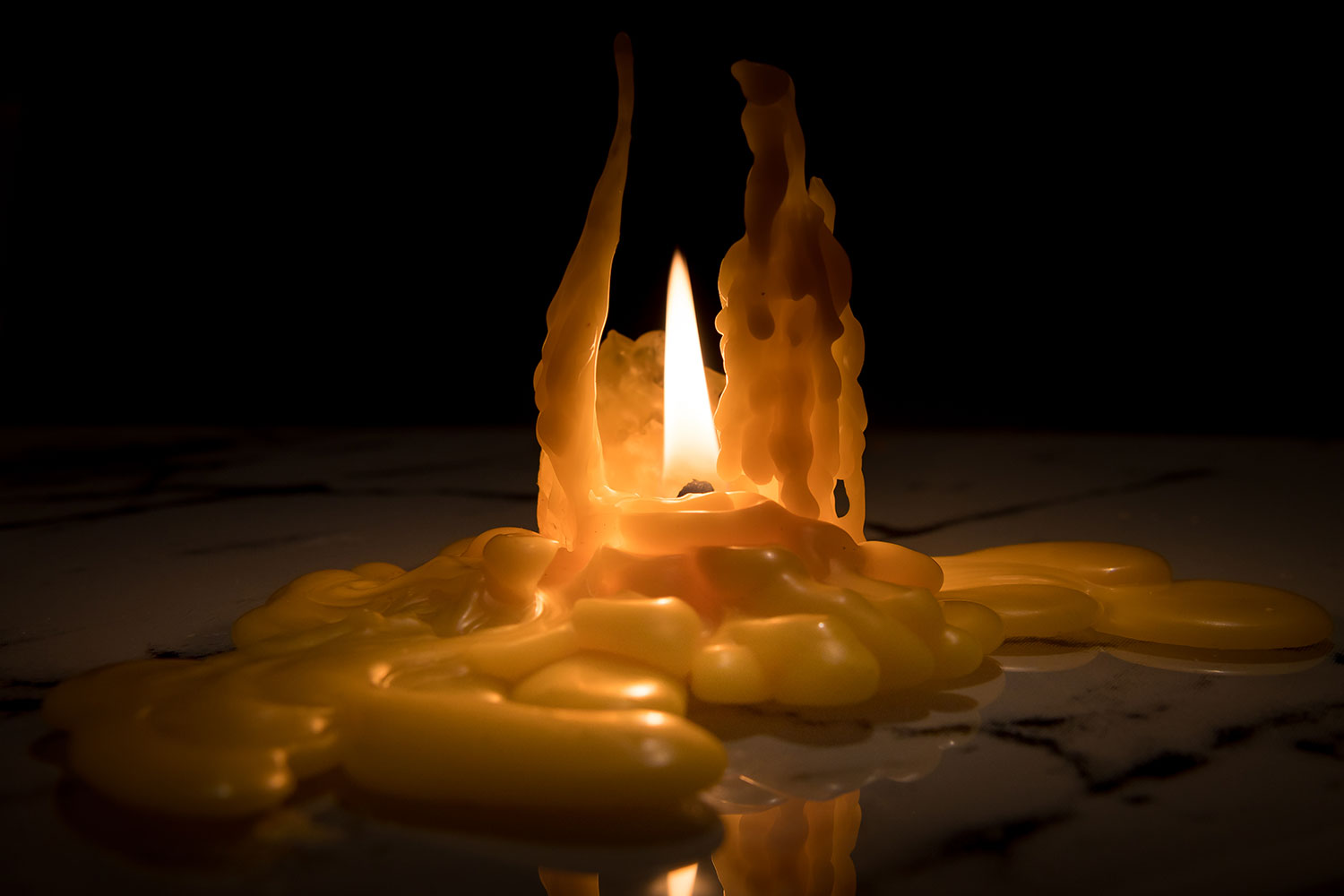

Articles
How Hot Do Candles Get
Modified: January 5, 2024
Discover how hot candles can get in this informative articles. Explore the potential risks and precautions to ensure a safe candle-burning experience.
(Many of the links in this article redirect to a specific reviewed product. Your purchase of these products through affiliate links helps to generate commission for Storables.com, at no extra cost. Learn more)
Introduction
Welcome to the fascinating world of candles! Whether you use them for relaxation, ambiance, or simply to add a touch of warmth to your living space, candles have a unique charm that captures our senses. But have you ever wondered just how hot candles can get?
In this article, we will delve into the topic of candle heat, exploring the various factors that affect the temperature of burning candles. We will also discuss the safety precautions that you should keep in mind when using candles and how you can measure their temperature. So, let’s dive in!
Candles have been used for centuries, providing light and heat before the advent of electricity. The basic principle of a candle is the conversion of chemical energy from the wax and wick into light, heat, and a little bit of carbon dioxide. This process, known as combustion, is what gives candles their mesmerizing glow.
Understanding the heat generated by candles is crucial to ensure their safe use. Although candles may not feel as hot as an open flame, they can still reach high temperatures that can lead to burns or cause other materials to ignite. By understanding the factors that contribute to candle heat and implementing proper safety precautions, you can enjoy the beauty of candles without compromising on safety.
So, what exactly determines how hot a candle can get? Let’s explore some of the key factors that influence the temperature of burning candles.
Key Takeaways:
- Understanding the factors that influence candle heat, such as size, composition, and airflow, is crucial for safe and enjoyable candle usage.
- Implementing safety precautions, such as never leaving a burning candle unattended and using alternative light sources when necessary, ensures a worry-free candle experience.
Read more: How Hot Do Brick Ovens Get
Understanding Candle Heat
When a candle burns, it releases heat energy through the process of combustion. Understanding how this heat is produced and distributed can help us grasp the concept of candle heat.
As mentioned earlier, candles rely on the combustion of wax and a wick to produce both light and heat. The wick acts as a channel through which the melted wax is drawn upward, and when it reaches the flame, it vaporizes and undergoes combustion. This chemical reaction releases energy in the form of heat and light.
The size and composition of the candle play a significant role in determining the amount of heat it generates. Larger candles or those made of materials with higher energy content, such as beeswax or paraffin, tend to produce more heat. On the other hand, smaller candles or those with lower energy content, such as soy or vegetable-based candles, may produce less heat.
It’s important to note that not all of the heat generated by the candle is immediately noticeable. Some of it is dissipated into the air through convection, while the rest is conducted through the candle’s surface. The rate at which heat is conducted depends on factors such as the candle’s size, shape, and construction material.
The distribution of heat can also be influenced by the surrounding environment. If the candle is placed in a confined space, such as a jar or lantern, the heat may be trapped and radiate more intensely. Alternatively, if the candle is in an open area with good airflow, the heat may disperse more quickly.
Understanding how candle heat is produced and distributed is crucial for implementing appropriate safety measures when using candles. By being aware of these factors, you can ensure that you handle candles safely and enjoy their warmth without any risks.
Now that we have a basic understanding of candle heat, let us explore the various factors that affect the temperature of burning candles.
Factors Affecting the Temperature of Candles
Several factors can influence the temperature of burning candles. By understanding these factors, you can better gauge the heat generated by candles and take appropriate precautions to ensure safety. Let’s explore some of the key factors:
- Candle Size: The size of the candle plays a significant role in determining its temperature. Larger candles tend to emit more heat compared to smaller ones due to the larger surface area on which combustion takes place.
- Composition: The type of wax used in a candle can affect its temperature. Different waxes have varying energy content, which can impact how hot the candle burns. Beeswax and paraffin candles, for example, tend to produce more heat than soy or vegetable-based candles.
- Wick Thickness: The thickness of the wick can affect the rate at which the wax is drawn up and combusted. Thicker wicks may cause the candle to burn hotter and produce more heat, while thinner wicks may result in a cooler flame.
- Airflow: The surrounding airflow can impact the temperature of burning candles. Good airflow allows heat to disperse more quickly, while limited airflow can concentrate the heat around the candle.
- Container: If a candle is placed in a container, such as a glass jar or metal holder, it can trap and radiate more heat compared to an open flame. The material and design of the container can also influence heat distribution.
- Burning Time: The duration for which a candle has been burning can also affect its temperature. As the wax is consumed, the temperature of the flame may increase due to the increased concentration of combustible gases.
- Presence of Drafts: Drafts or air currents can impact how a candle burns and the temperature it reaches. Strong drafts can disrupt the flame, leading to irregular burning and potentially lower temperatures.
Keep in mind that these factors work in conjunction with each other, and the temperature of a burning candle can vary depending on their combined effects. It is important to consider these factors when using candles to ensure their safe and controlled use.
Next, we will explore the temperature range of burning candles and the safety precautions associated with candle heat.
Temperature Range of Burning Candles
The temperature that a candle can reach while burning depends on various factors, as discussed earlier. While it is difficult to provide an exact temperature, we can estimate the temperature range based on common observations and scientific studies.
On average, a candle flame can reach temperatures between 1,400 and 1,600 degrees Fahrenheit (760 to 870 degrees Celsius). However, it is important to note that the temperature can vary depending on factors such as the candle size, composition, and burning conditions.
At the base of the flame, where combustion takes place most intensely, the temperature is likely to be higher. As the flame rises, the temperature gradually decreases. The hottest part of the flame, also known as the blue cone, can have temperatures close to the upper limit of the estimated range.
It’s important to remember that the temperature of the flame itself might not represent the temperature that the surrounding surfaces or objects may reach. Materials such as glass, metal, or ceramics can absorb and radiate heat differently. If a candle is placed inside a container, the temperature within the container may be higher due to the heat being trapped.
Furthermore, the height and intensity of the flame can provide some indication of its temperature. A tall and bright flame indicates a higher temperature, while a shorter and dimmer flame suggests a lower temperature. However, visual cues alone may not be accurate enough to determine the exact temperature.
To ensure safety when using candles, it is advisable to keep flammable materials, such as curtains or papers, away from the flame. Also, avoid touching the candle while it is burning or shortly after extinguishing it, as the candle and surrounding surfaces may still be hot.
Now that we have explored the temperature range of burning candles, let’s discuss some safety precautions that should be considered when dealing with candle heat.
Always place candles on a heat-resistant surface and away from flammable materials. Keep them out of reach of children and pets to prevent burns or fires.
Safety Precautions Regarding Candle Heat
When using candles, it is essential to prioritize safety to prevent accidents and ensure a worry-free experience. Here are some important precautions to keep in mind:
- Never leave a burning candle unattended: It is crucial to always stay in the same room as a burning candle and never leave it unsupervised. Accidents can happen quickly, and being present allows you to respond promptly to any potential hazards.
- Keep candles away from flammable materials: Ensure that candles are placed on a stable surface away from curtains, drapes, or any other flammable items. Also, make sure there is sufficient space between the candle and surrounding objects to prevent accidental contact or heat transfer.
- Place candles in appropriate holders: Use candle holders that are heat-resistant and sturdy enough to support the weight of the candle. Avoid using containers that can easily break, such as glassware with cracks or weak bases.
- Trim candle wicks: Before lighting a candle, ensure that the wick is trimmed to approximately ¼ inch (6 mm). This prevents the flame from becoming too large and reduces the risk of a high-temperature burn.
- Keep candles out of reach of children and pets: Children and pets may accidentally knock over or interact with a burning candle, leading to injuries or fires. Always place candles in areas that are inaccessible to them.
- Avoid moving a burning candle: Never attempt to move a candle while it is lit or if the wax is liquefied. The container and wax can be extremely hot and may cause burns or spillage.
- Extinguish candles before leaving the room: Before you leave a room or go to sleep, make sure to fully extinguish all candles. Use a snuffer or gently blow out the flame, and double-check that it is no longer smoking or smoldering.
- Use alternative light sources when necessary: In situations where candles may not be the safest option, consider using battery-operated LED candles or other flameless alternatives. They provide the same ambiance without the risk of an open flame.
- Be cautious with candle heat around people with respiratory conditions: Some individuals, such as those with asthma or allergies, may be sensitive to smoke or scents released by candles. Make sure to take their needs and well-being into consideration when using candles in their presence.
By following these safety precautions, you can enjoy the warmth and beauty of candles while minimizing the potential risks associated with candle heat. Remember, safety should always be the top priority when using any open flame.
Next, let’s explore how candle temperature can be measured to gain a better understanding of their heat output.
Read more: How Hot Do Charcoal Grills Get
Measuring Candle Temperature
Measuring the temperature of a burning candle can provide valuable insights into its heat output and help ensure safe usage. There are several methods you can use to measure candle temperature:
- Infrared Thermometer: An infrared thermometer is a non-contact device that can measure the surface temperature of an object. Simply point the thermometer at the candle flame or its surrounding area to get an accurate temperature reading without making physical contact.
- Thermocouple: A thermocouple is a temperature sensing device that consists of two different metals joined together. You can insert the probe of a thermocouple into the flame or near the candle to measure its temperature. This method provides real-time temperature readings.
- Heat-Sensitive Labels: Heat-sensitive labels are adhesive strips or patches that change color based on the temperature they are exposed to. By sticking one of these labels near the flame or on the container, you can visually observe the color change and estimate the temperature range accordingly.
- Heat Gun or Infrared Camera: A heat gun or an infrared camera can be used to measure the temperature of both the flame and the surrounding area. These devices provide a broader picture of heat distribution and can be useful in understanding the overall thermal dynamics of the burning candle.
- Temperature Data Logger: A temperature data logger is a device that continuously measures and records temperature readings over time. By placing this device near the candle, you can monitor the temperature fluctuations throughout its burning duration.
It’s important to note that when using any measurement device near a flame, safety precautions should be followed to prevent accidents. Ensure that the device is suitable for high temperatures and keep a safe distance from the flame to avoid damage to the equipment.
When measuring candle temperature, it’s also essential to consider the limitations of the measurement methods. Factors such as distance, surrounding airflow, and the specific location of the measurement point can affect the accuracy of the readings.
By using one or more of these methods, you can gain a better understanding of the temperature range of a burning candle and make informed decisions regarding safety precautions and candle placement.
As we conclude our exploration of measuring candle temperature, let’s recap what we’ve learned.
Conclusion
Candles add warmth, ambiance, and a soothing glow to our homes and spaces. Understanding the heat generated by candles and the factors that influence their temperature is crucial for a safe and enjoyable experience. In this article, we’ve explored the intricacies of candle heat, including its production, distribution, and measurement.
We’ve learned that candles release heat through the process of combustion, converting chemical energy into light and warmth. The size, composition, wick thickness, airflow, and container of the candle all contribute to its temperature. While it is difficult to provide an exact temperature range, a burning candle can reach temperatures between 1,400 and 1,600 degrees Fahrenheit.
To ensure the safe use of candles, we highlighted important safety precautions. Never leave a burning candle unattended, keep them away from flammable materials, and place them in appropriate holders. It’s crucial to trim candle wicks, keep them out of reach of children and pets, and avoid moving candles while they are burning. Consider using alternative light sources when necessary, and be mindful of candle heat around people with respiratory conditions.
If you’re curious to measure the temperature of a burning candle, various methods can be employed. Infrared thermometers, thermocouples, heat-sensitive labels, heat guns or infrared cameras, or temperature data loggers can all provide valuable temperature insights. However, always prioritize safety when using any measurement device near an open flame.
By taking these precautions and understanding the fascinating world of candle heat, you can enjoy the beauty of candles while keeping safety a priority. So go ahead, light those candles, and create an ambiance that warms both your space and your soul.
Remember, knowledge is key when it comes to candle heat, ensuring a safe and delightful experience for all candle enthusiasts.
Frequently Asked Questions about How Hot Do Candles Get
Was this page helpful?
At Storables.com, we guarantee accurate and reliable information. Our content, validated by Expert Board Contributors, is crafted following stringent Editorial Policies. We're committed to providing you with well-researched, expert-backed insights for all your informational needs.
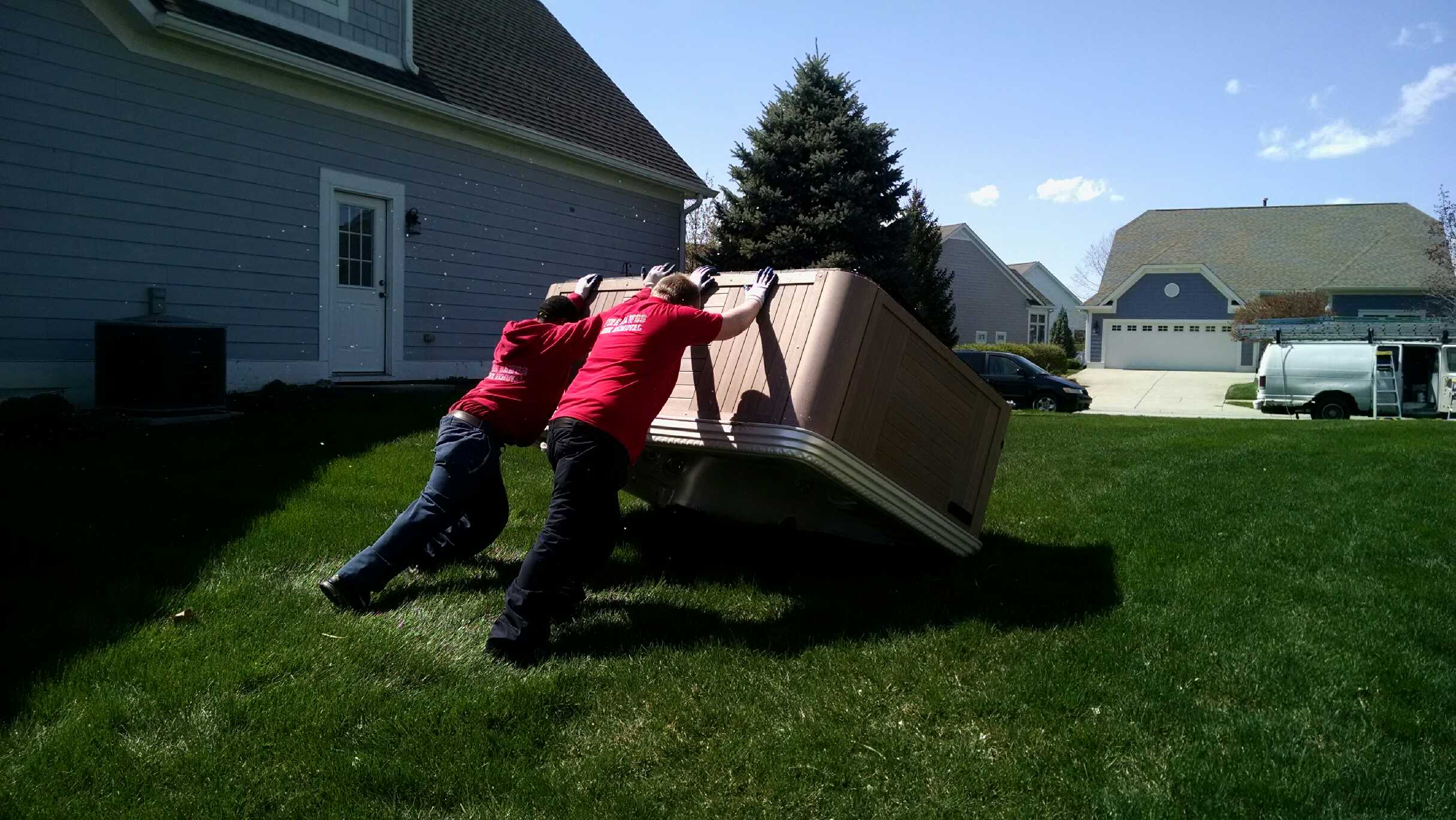
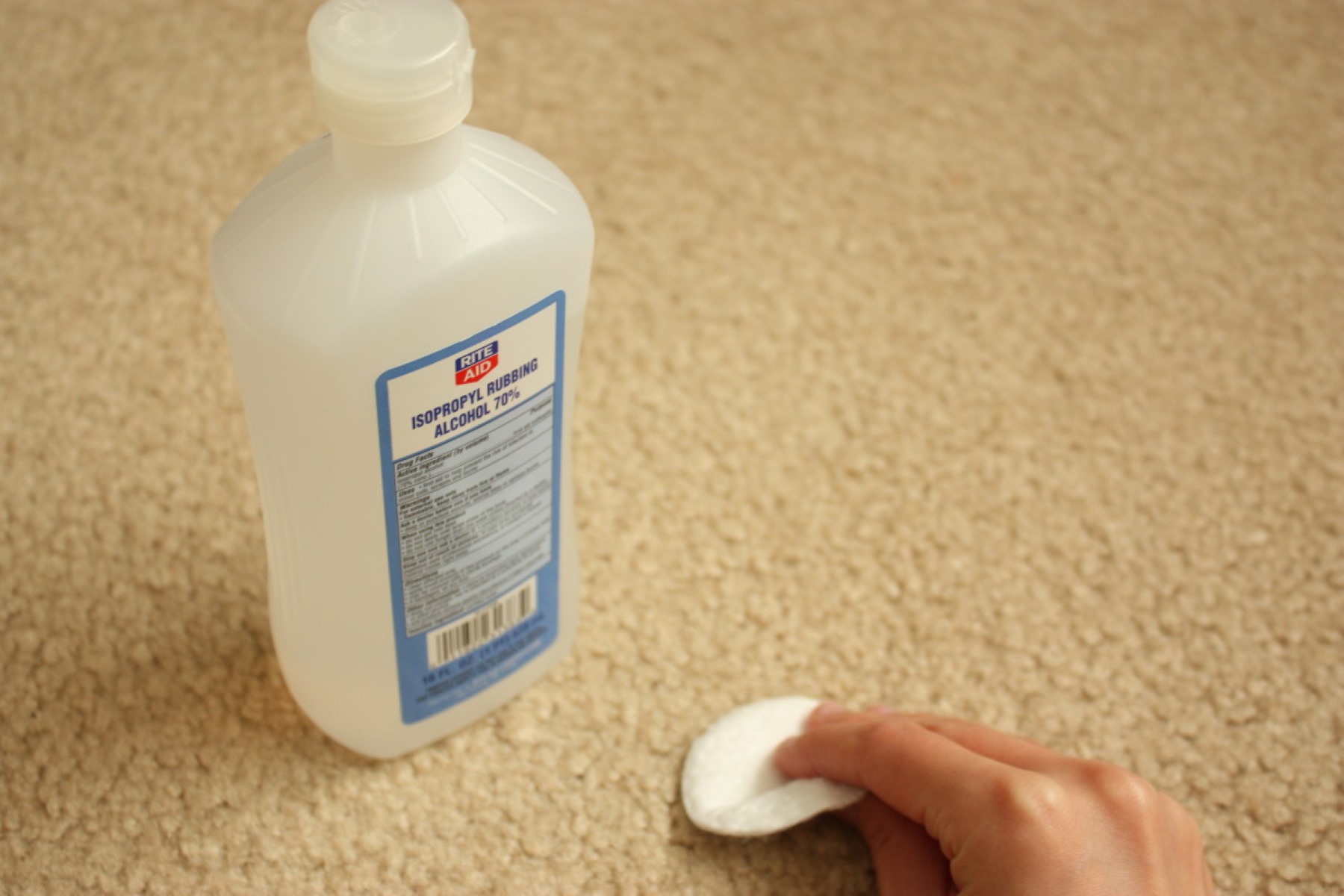
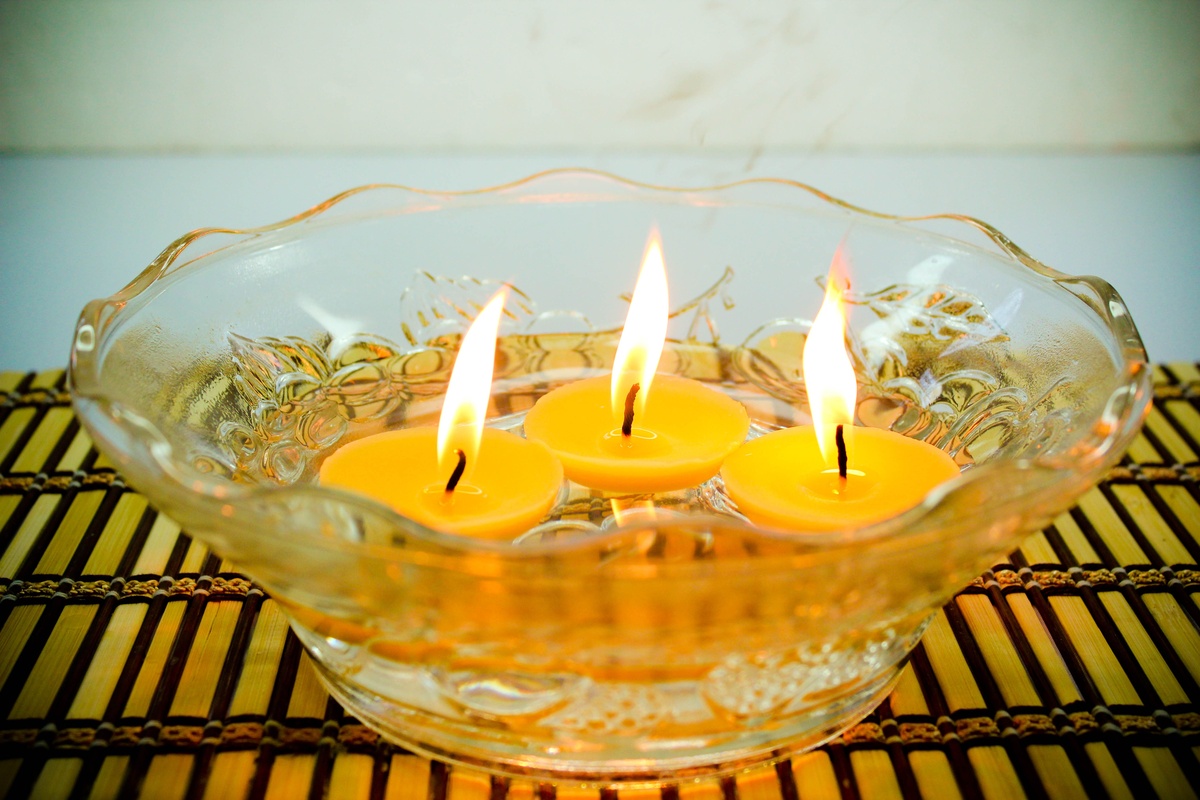
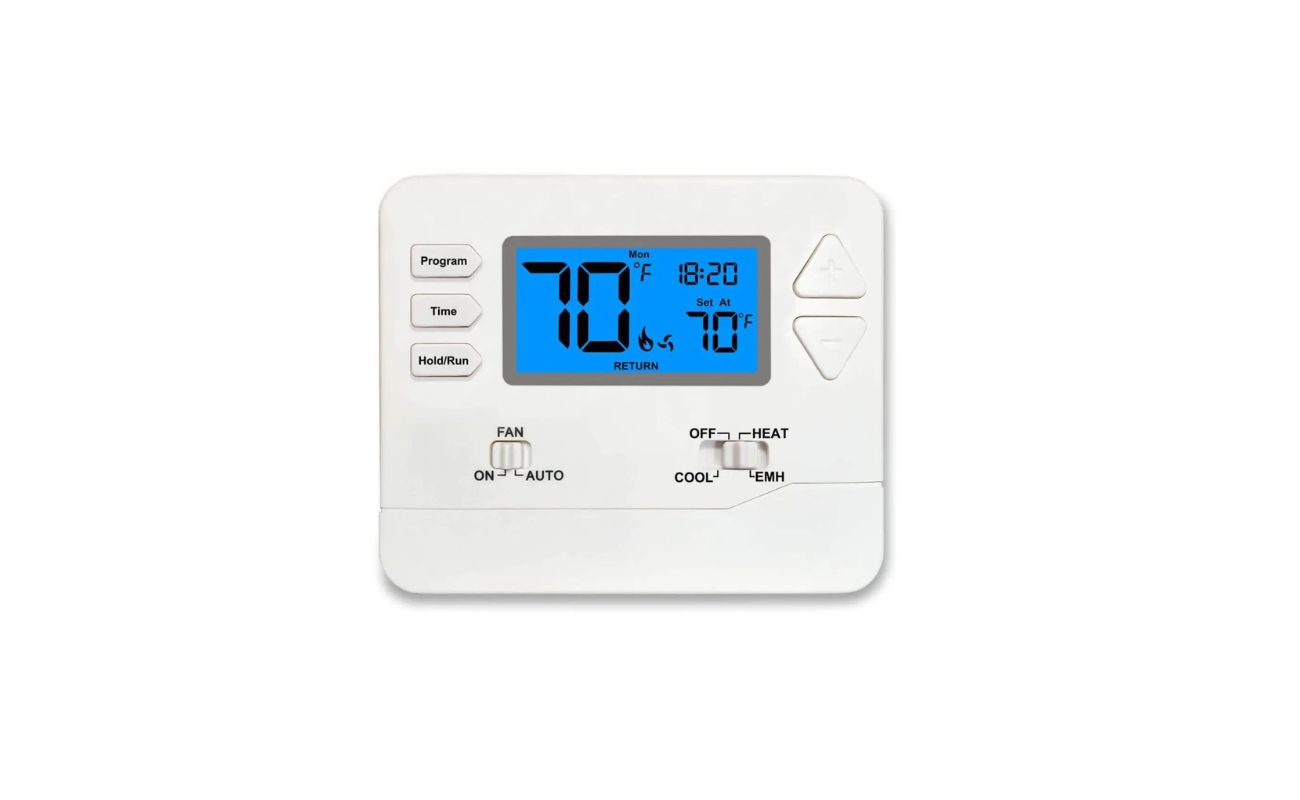
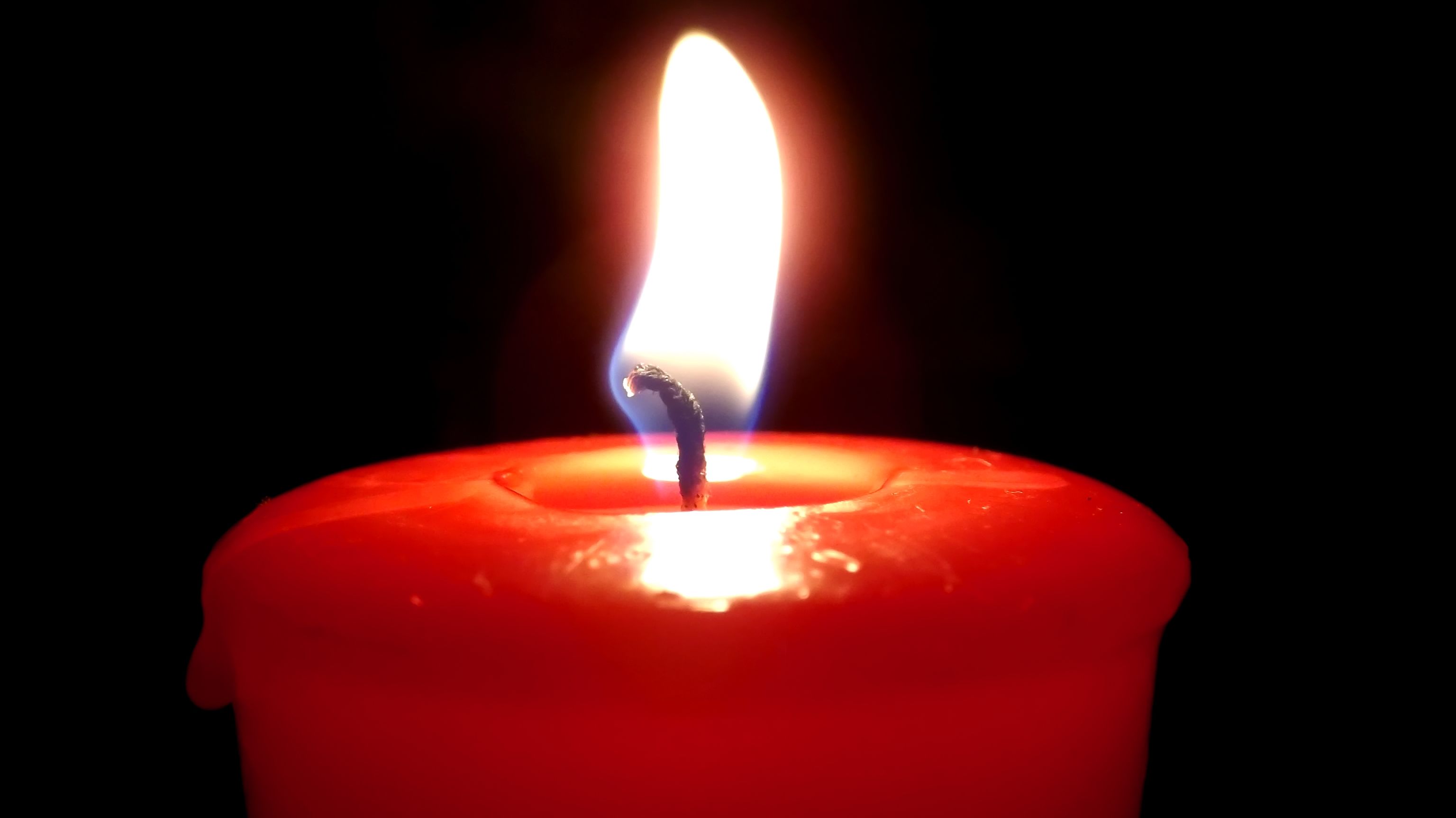
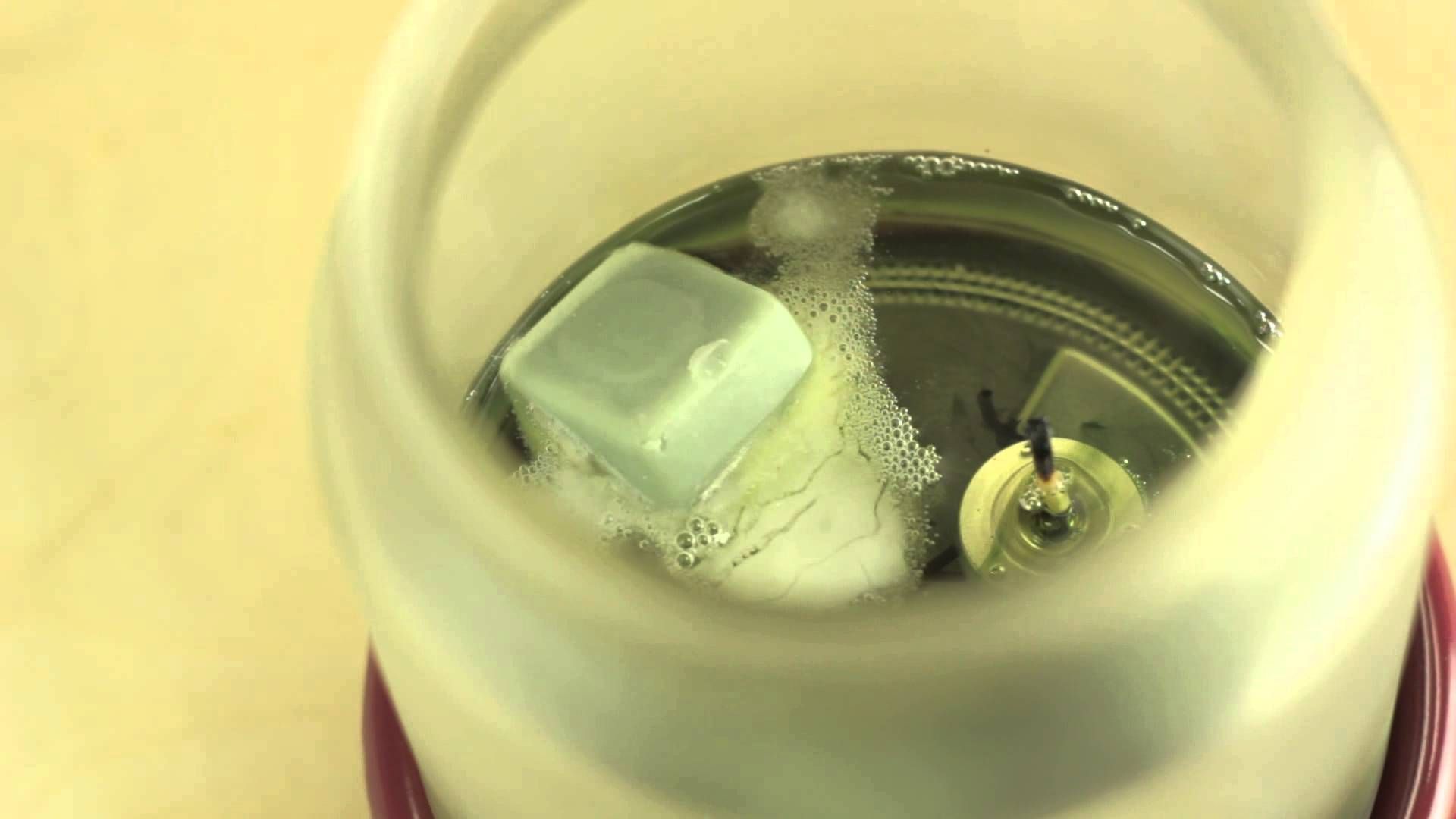

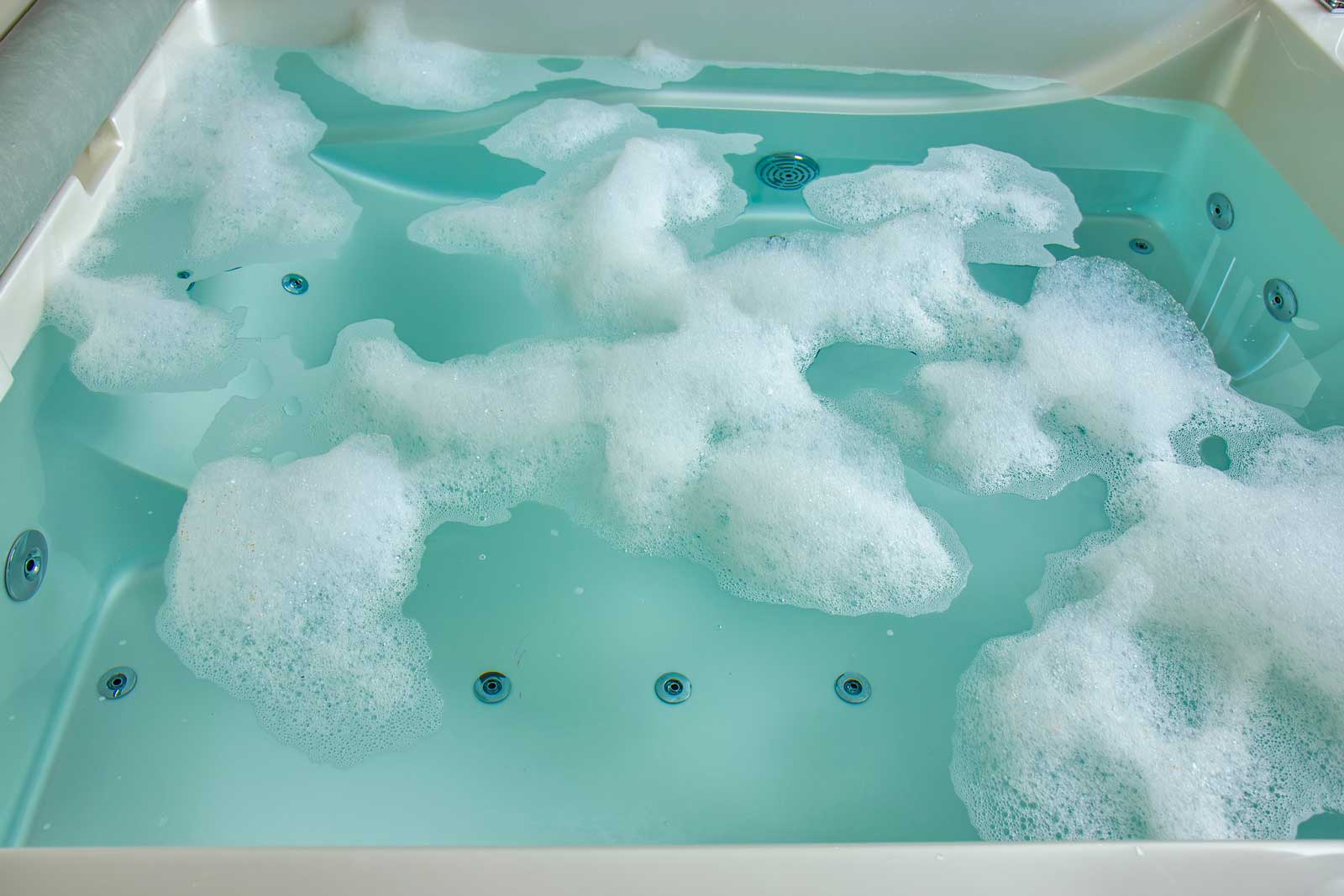
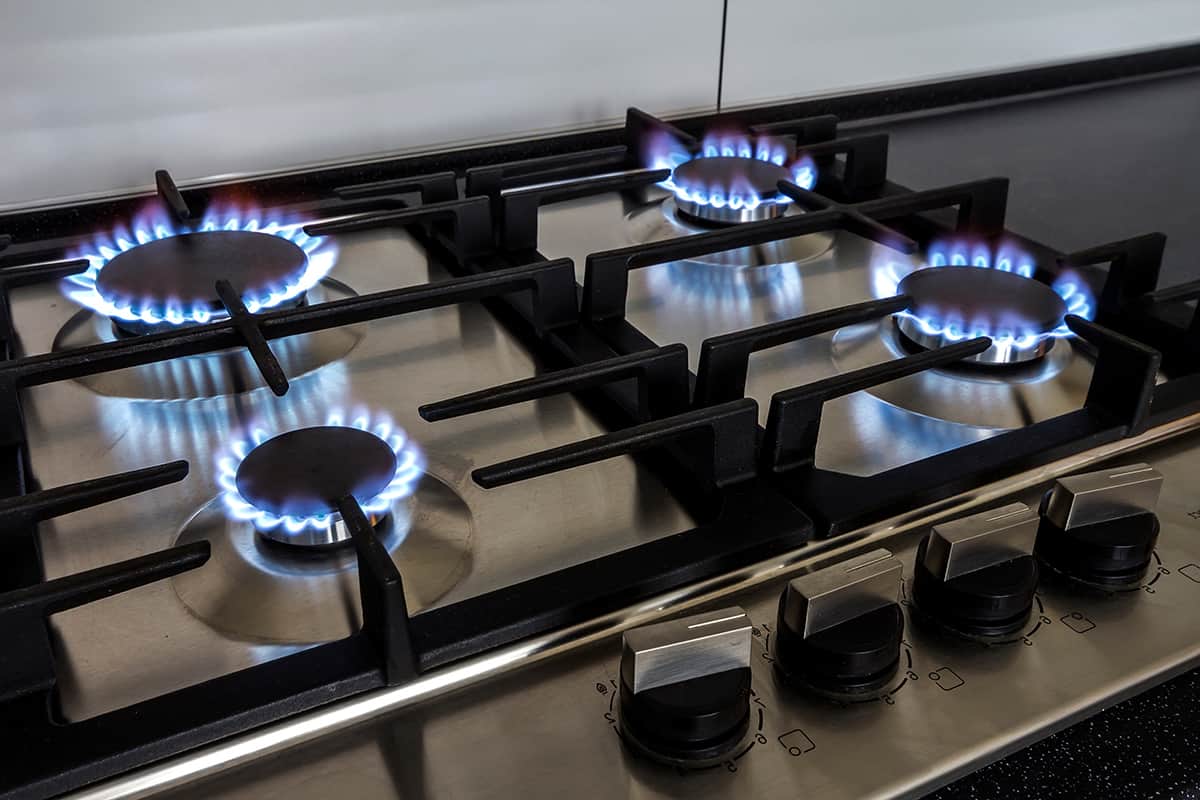
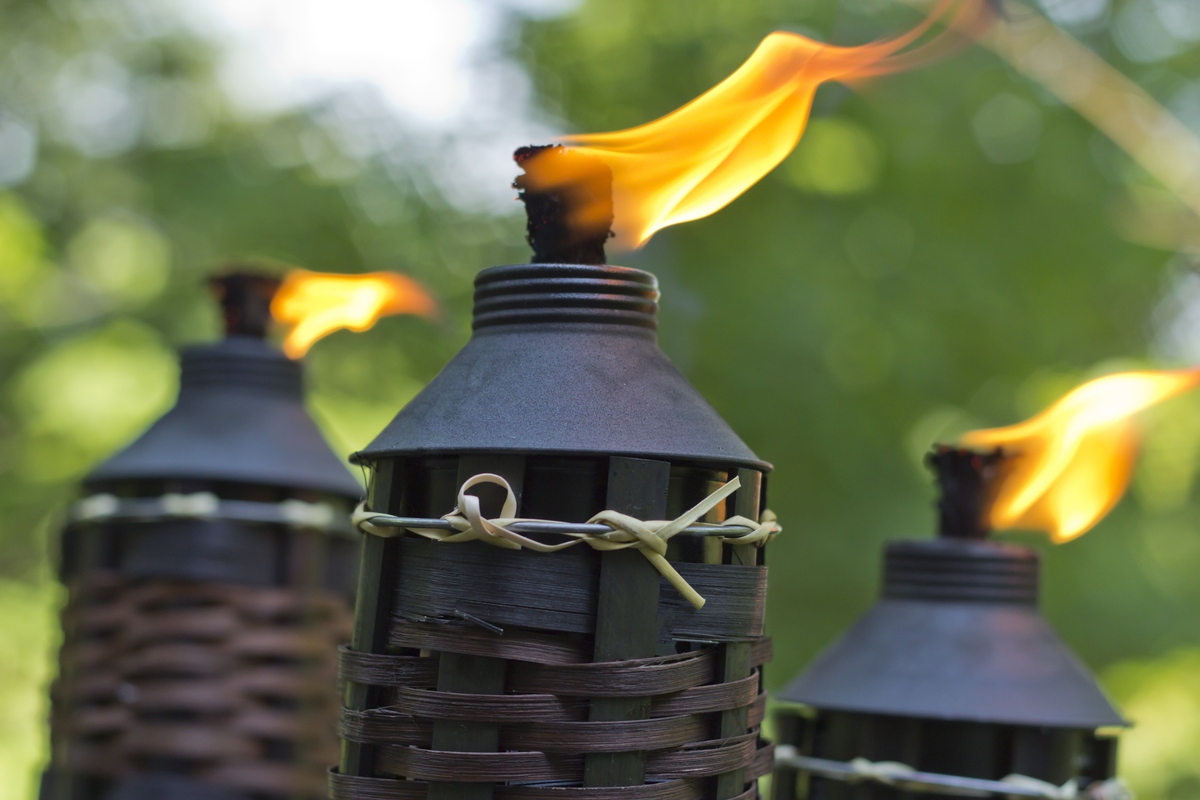

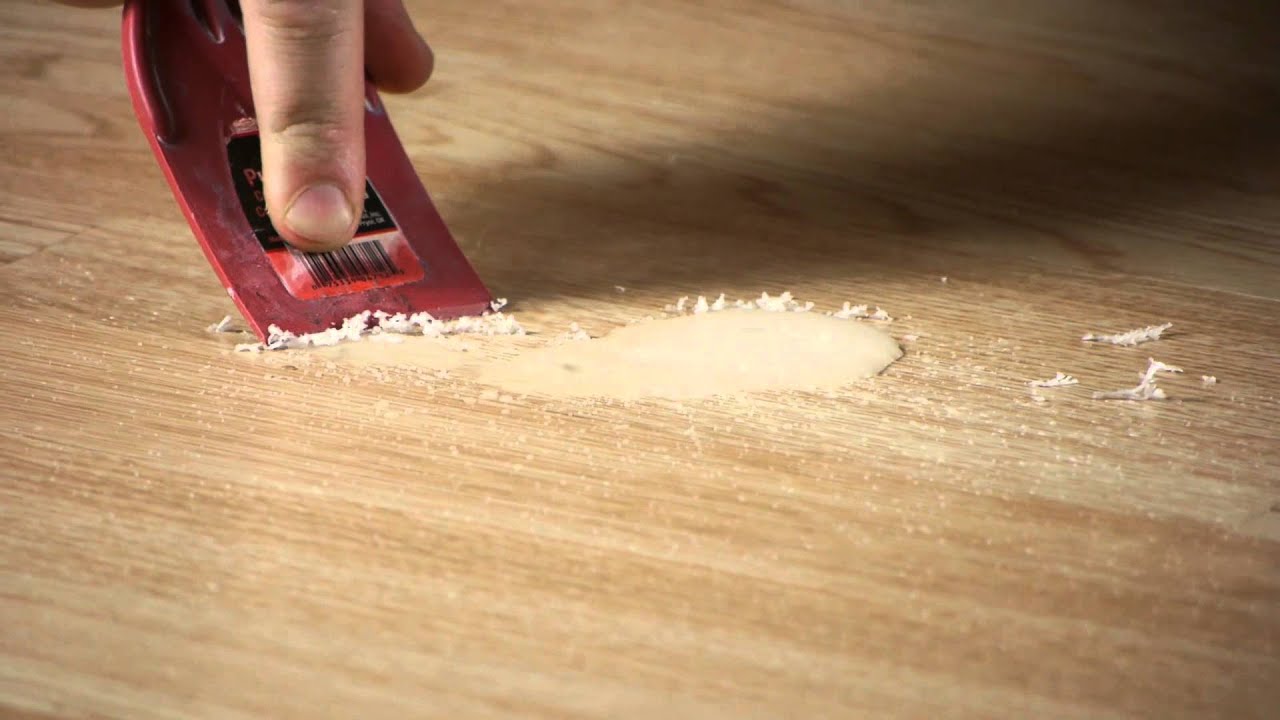
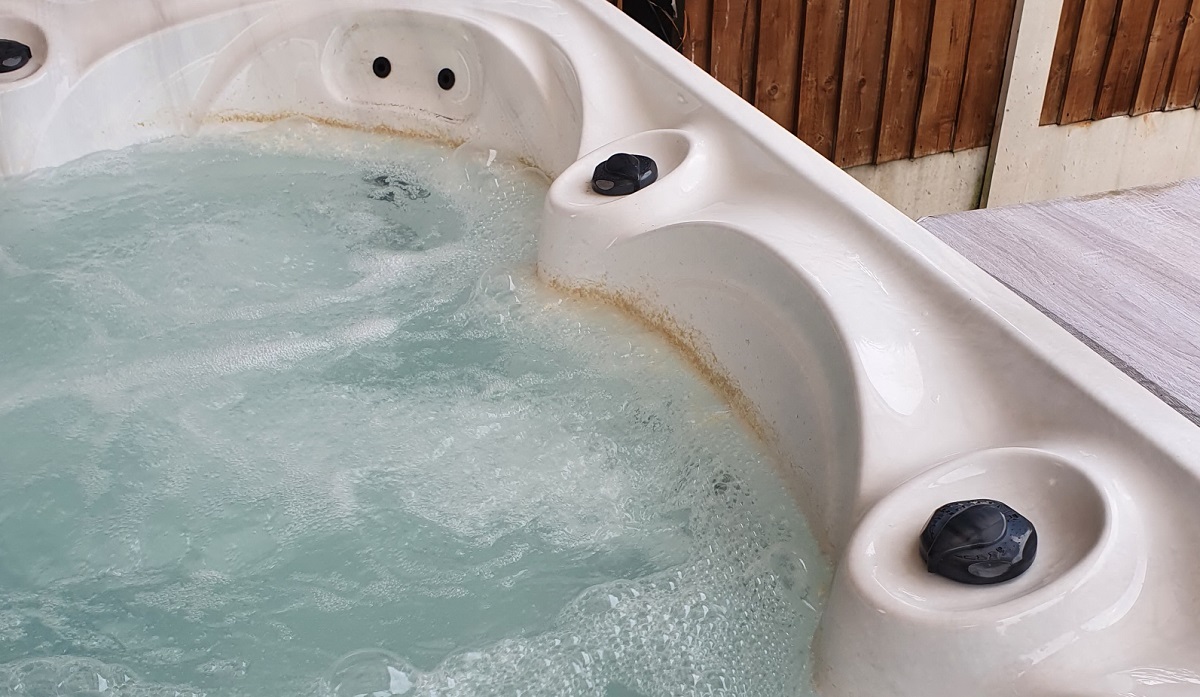
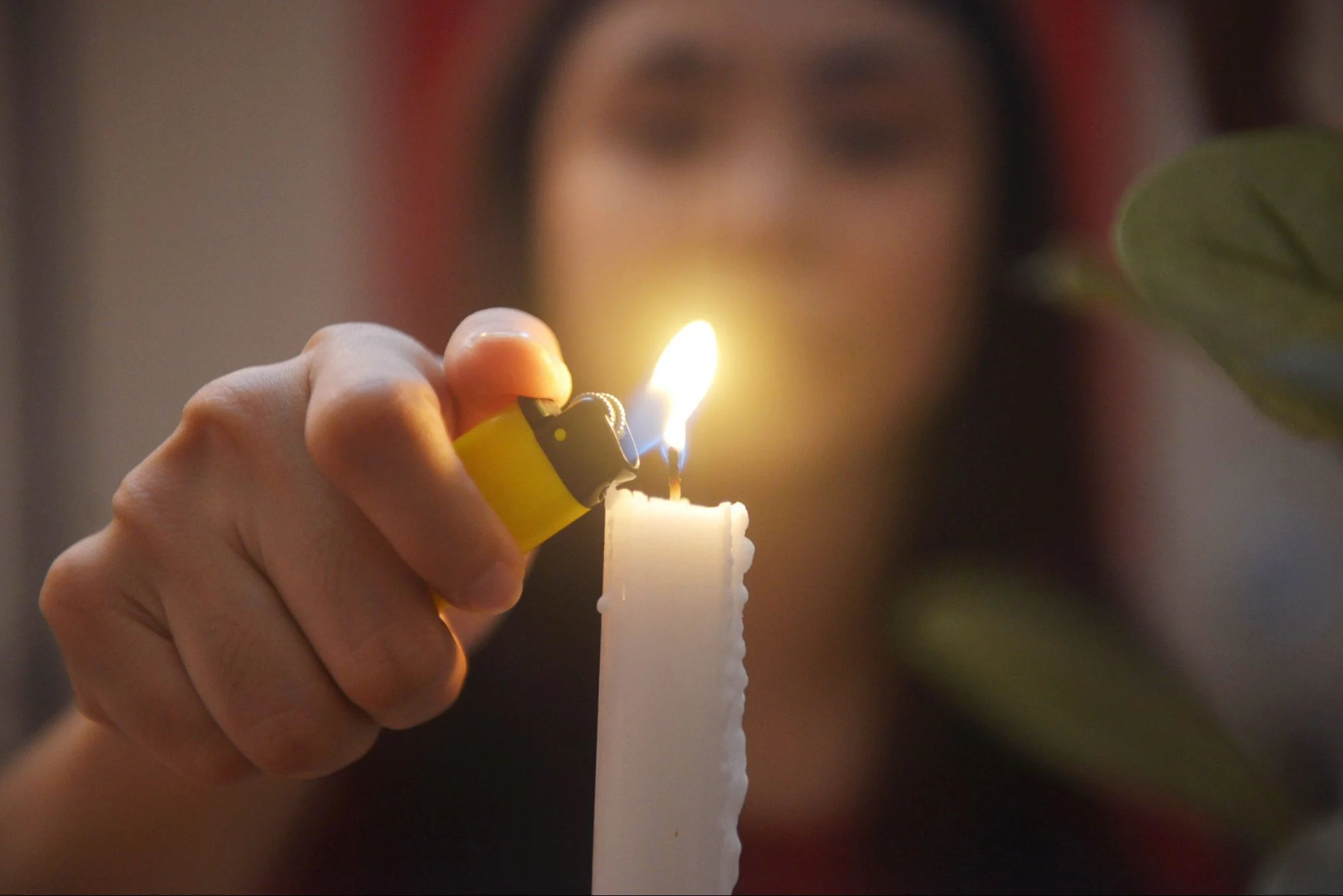

0 thoughts on “How Hot Do Candles Get”